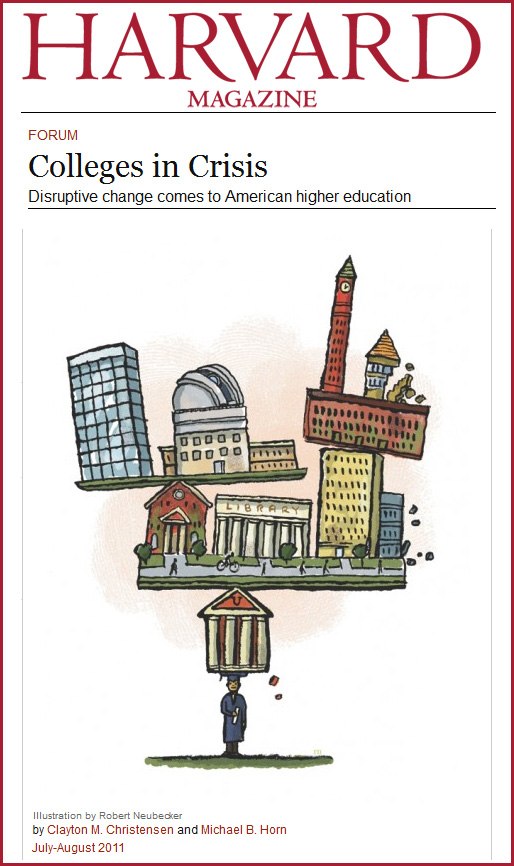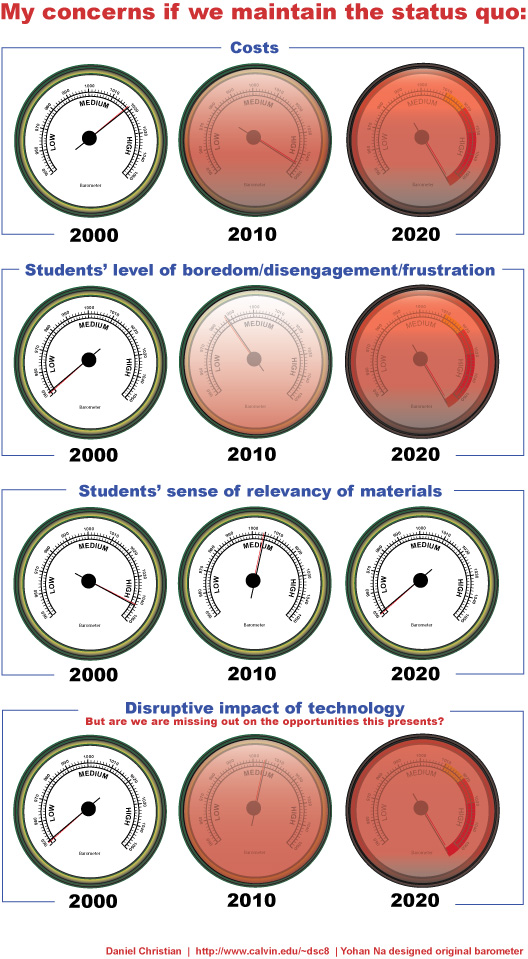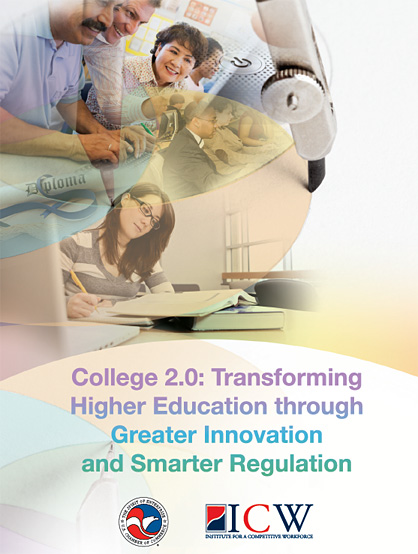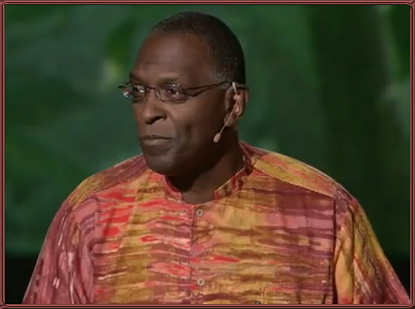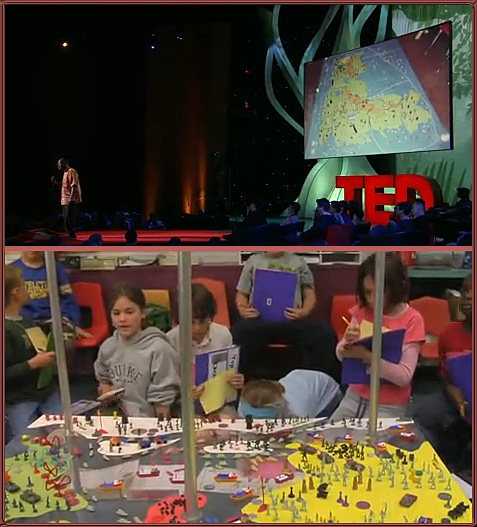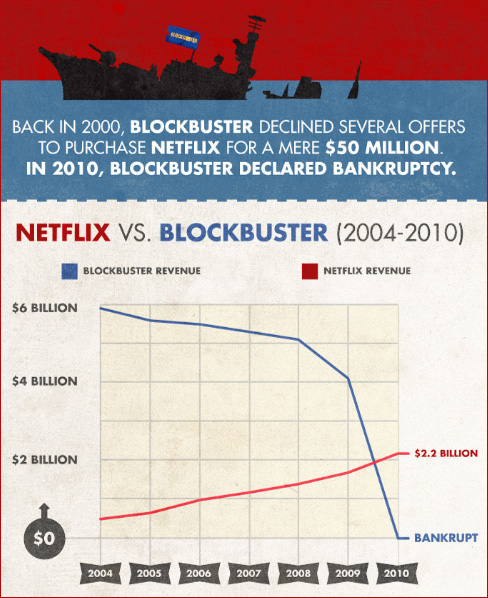DIY U: The Future Of Learning [Video] — from FastCompany.com by Anya Kamenetz
From Khan Academy and TED Talks to instructional YouTube videos, the future of learning is open and free.
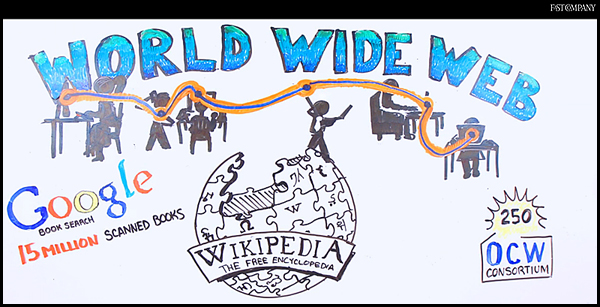
A related comment from DSC:
I have it that higher ed is a bubble and if an increasingly larger group of people can’t afford it — yet still want it — then, in my book, that’s a major problem.
I’ll use myself as an example. My wife and I could not begin to afford to send our kids to many of the colleges and universities out there right now — today, in 2011! (Let alone in 2017+ when our kids start hitting the college scene.) I should note that our kids are doing well in school and are very talented, hard workers. I should also point out that my wife and I place a very high value on being educated and we are both trying to pass that value along to the next generation.
But if you tell me that higher ed is not a bubble, the first question I will ask you (besides what planet are you living on) is what’s the gross income for your household? If you are making close to 6 figures, I highly doubt that your perspective will be the same as that of folks from households who are making $20,000-$50,000 a year. In fact, my hunch is that those who say higher ed is not a bubble are:
- Upper middle class to upper class (i.e. wealthy in the eyes of many in the world today)
- Folks who don’t have to worry about where their next paycheck is coming from (nor have they had to live like that in years!); that is, they are doing quite well these days…living quite comfortably
- College educated (nothing wrong with that!)
- Potentially involved with higher ed — or at least want to maintain the status quo
- Folks who do not have children
My take on this is that all of us in higher education need to figure out how we can greatly reduce the price of higher education. It shouldn’t be how well you understand the system or how many hours of work you have done to figure out the grants, loans, etc. that exist out there.
NEVER again should we be pleased with ANY sort of increase in tuition. Never again should we say, “Well, our tuition only went up by ___% which is the smallest increase in our history (or the smallest increase relative to our competition…or the smallest in our state/country/nation).”
Such a situation is causing a backlash against the current higher education environment/setup.
As such, we need to constantly be looking to reinvent ourselves — and to staying relevant.
Addendum on 6/17/11:












